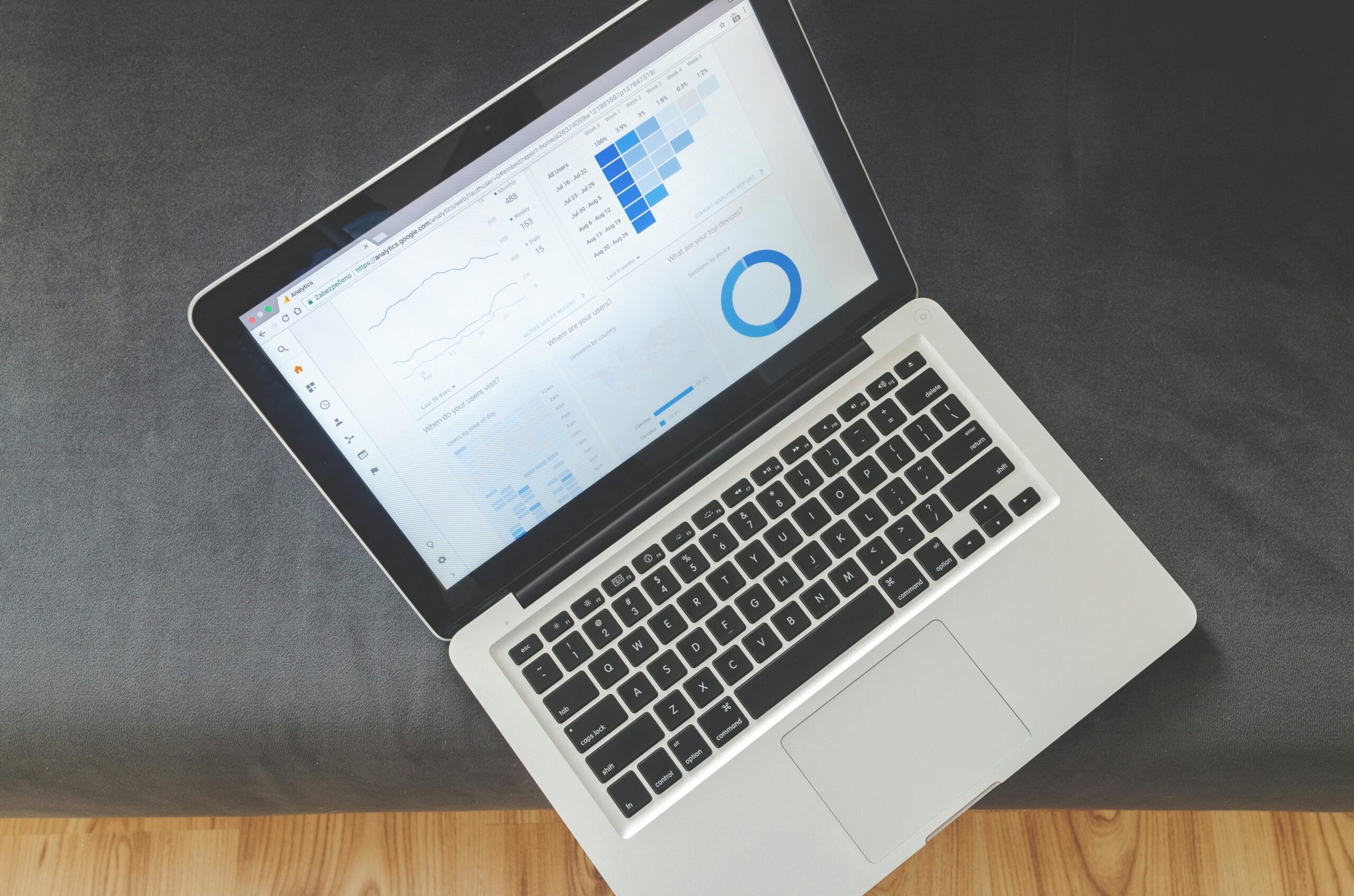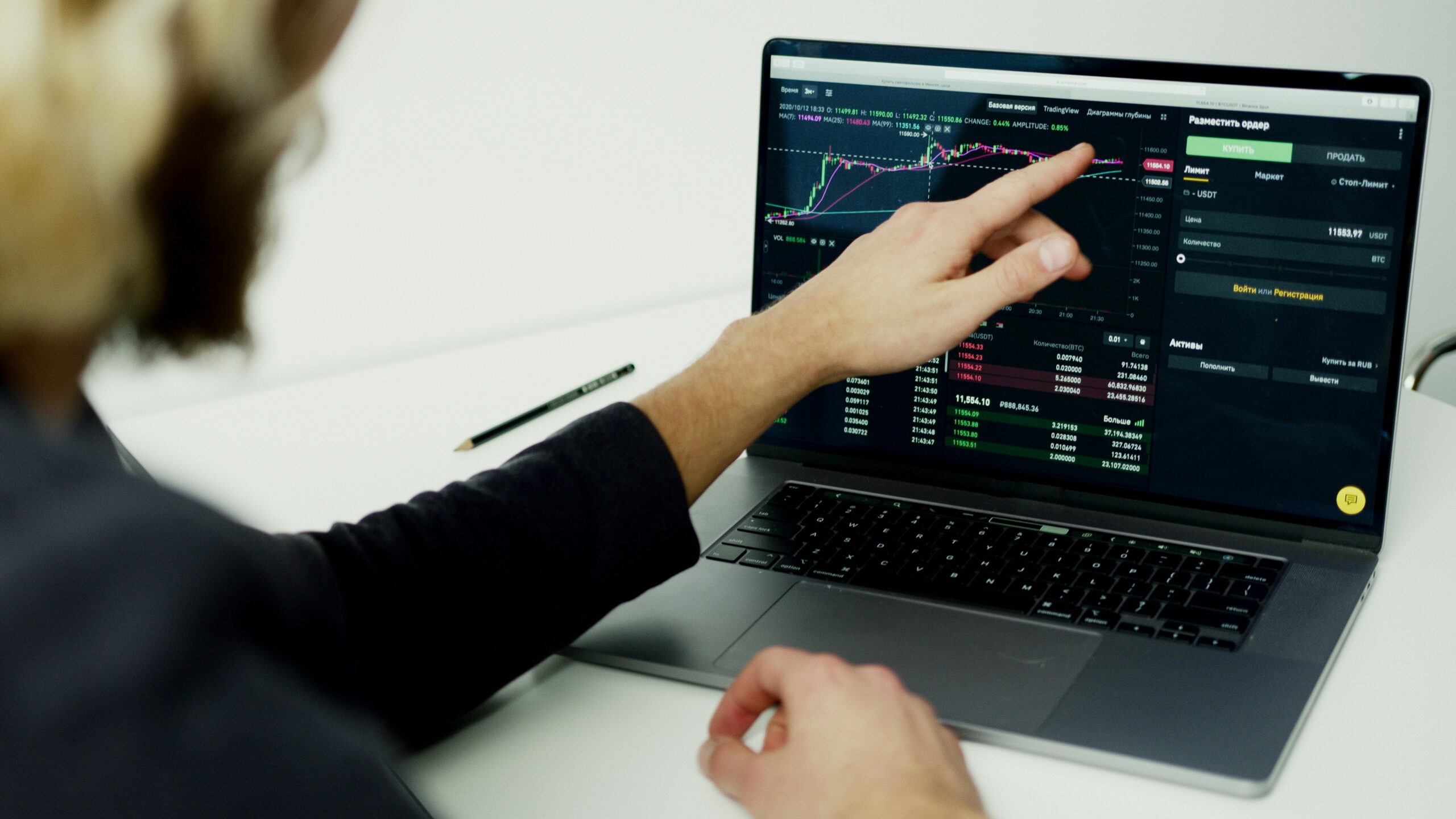Key performance indicators (KPIs) are essential for understanding project health, tracking progress, and aligning with broader organizational goals. When visualized effectively in a dashboard, KPIs can give executives, PPMO practitioners, and project managers clear insights to make strategic adjustments. To maximize the impact of KPI dashboards, organizations should focus on a strategy that emphasizes relevance, clarity, and agility.
Defining KPI Relevance
A successful KPI dashboard strategy starts with selecting KPIs that are truly relevant to project goals. While it’s tempting to capture a wide array of metrics, too much information can obscure critical insights. Instead, limit KPIs to those that directly reflect project performance and business value. Gartner recommends including no more than 10 KPIs on executive dashboards to avoid information overload and help decision-makers focus on key areas (Deloitte, 2023).
For example, a project that aims to enhance customer satisfaction may feature KPIs like “customer feedback scores” or “time to resolution,” while a project focused on cost efficiency might highlight “budget variance” or “resource utilization.” The key is to align each KPI with the project’s specific goals and expected outcomes, ensuring that stakeholders understand what each measure represents.
Enhancing Dashboard Clarity
Once relevant KPIs are selected, clarity in visualization becomes crucial. Effective dashboards translate complex data into easily interpretable graphics, such as charts, gauges, and scorecards. The use of color coding, consistent scales, and clear labeling can make a significant difference in how quickly and accurately stakeholders can interpret data.
According to data visualization expert Stephen Few, clarity in dashboards is essential: “Designing dashboards without clear, actionable data presentations risks misinterpretation and misguided decision-making” (Few, 2022). Selecting the right visualization style, like a line graph for trends or a gauge for performance against targets, helps make KPI dashboards intuitive and actionable.
Prioritizing Real-Time Data and Agility
In today’s fast-paced project environments, real-time data capabilities are more than a luxury; they’re a necessity. Real-time dashboards allow project managers to identify issues as they arise, enabling proactive responses rather than reactive adjustments. This agility can significantly impact project outcomes, particularly in complex projects where timelines and budgets are tightly constrained.
Research by McKinsey found that organizations with real-time KPI monitoring are 20% more likely to complete projects on schedule (McKinsey, 2022). To support real-time updates, dashboards should integrate seamlessly with project management and other operational systems, automatically pulling in data to keep metrics current.
Using Dashboards to Drive Accountability and Alignment
A well-structured KPI dashboard doesn’t just inform; it creates accountability and aligns the team around shared goals. When project stakeholders can clearly see progress toward KPIs, it reinforces responsibility across teams and highlights where adjustments are needed. Regular dashboard reviews with stakeholders provide valuable opportunities to recalibrate resources, manage risks, and refocus efforts as project dynamics evolve.
For C-level executives, these dashboards become invaluable tools for tracking alignment with organizational strategy. According to PwC, companies that effectively link project KPIs with corporate objectives are 30% more successful at achieving strategic goals (PwC, 2023). By highlighting these connections in KPI dashboards, PPMO leaders ensure that each project contributes meaningfully to the company’s broader vision.
Conclusion
An effective KPI dashboard strategy offers project teams, executives, and other stakeholders a powerful window into project performance, enabling more informed decisions, agile responses, and stronger alignment with organizational goals. By focusing on relevance, clarity, and real-time agility, organizations can leverage KPI dashboards to turn data into actionable insights. In a landscape where effective tracking and reporting are essential for competitive advantage, well-designed KPI dashboards are indispensable for driving project success.
References
- 10 Essential Tips for Building Effective Dashboards | Stephen Few | 2022
- Optimizing Executive Dashboards for High-Level Decision-Making | Deloitte | 2023
- The Importance of Real-Time KPI Tracking in Project Management | McKinsey | 2022
- Aligning Project KPIs with Strategic Objectives | PwC | 2023




